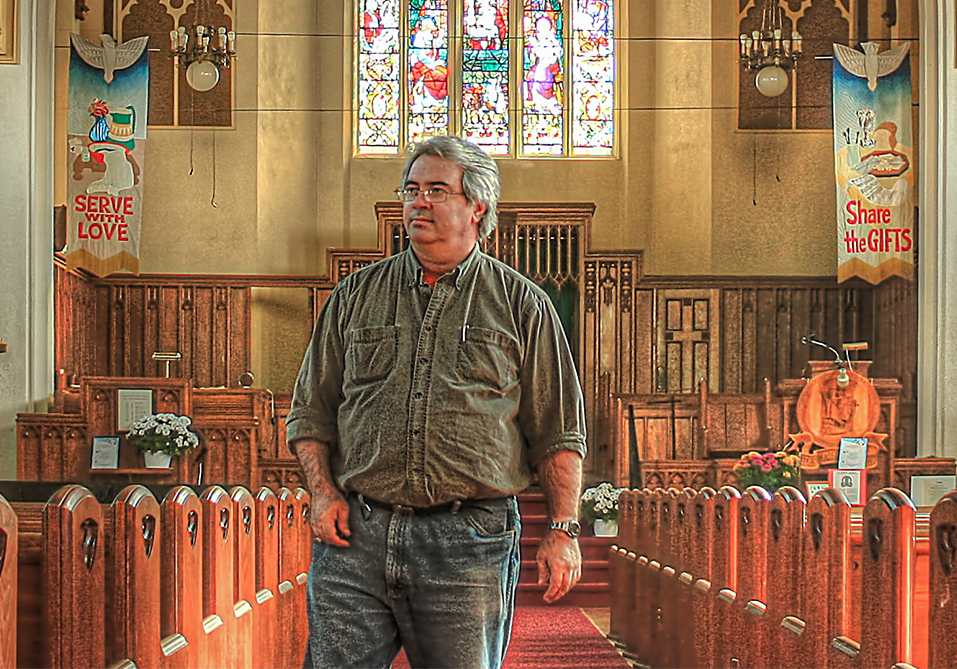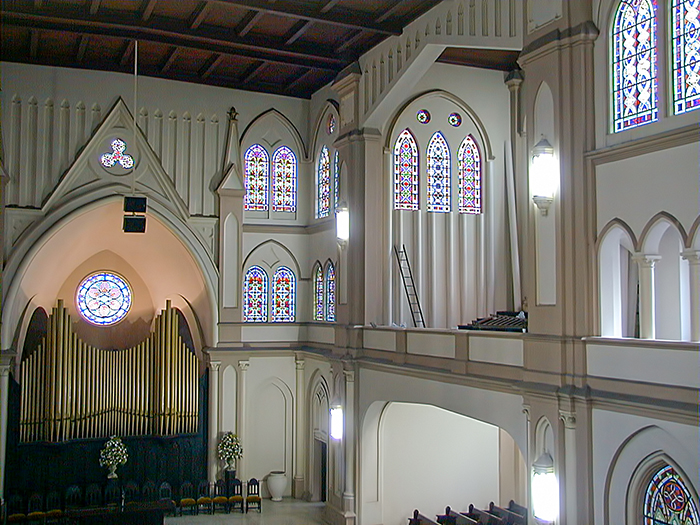
In one such case – an 800-capacity auditorium/gymnasium used for choral competitions and other events by a Hutterite community in Manitoba – in addition to his tube diffusers, De Buglio specified three Yorkville U15 loudspeakers and a very basic microphone package. “During a play they were doing one of the kids forgot their lines, but they were able to turn the gain up on the system so that he was able to hear another kid, 15 feet away, give him the lines. That was something I never promised, but the fact they can do it using one (Shure) SM58 blows me away.”
His emphasis on low-cost materials and minimal reinforcement has also come into play at De Buglio’s home church, Tillsonburg Alliance. “What we did for hundreds of dollars would have been thousands,” he says, and in fact, tens of thousands, he adds in citing an estimate from another provider that came in at roughly 100 times the price.
Priorities In Order
“There’s a misconception that churches are disappearing. They’re not. But smaller congregations are being underserved,” he observes. “When attendance drops to 40 percent, most churches with 450 seats and up can survive and rebuild. What’s happening nowadays is that smaller churches, when they get down to those numbers, aren’t sustainable.”
Good sound attracts young and old congregants alike; something he keeps firmly in mind when installing small-format audio systems. “If they have a subwoofer I try to configure the system so there’s one fader for the mains (with no crossover) and one for the sub (with a crossover). Often by just changing the sub level you satisfy young people, but because you’re not raising the overall volume the older people don’t get offended. From the moment a church hires me, it always acoustics first, sound system second.”
On a job for the cathedral of First Presbyterian Church in Sao Paulo, Brazil (a 700-seat church with a balcony and a reverberation time in excess of 7 seconds), for example, part of the problem was the open space between the sanctuary and the bell tower stairwells. “That added 5 seconds of noise/reverb,” he says. Installing doors to the stairs and diffusers (in this case half-round tubes of plastic sewer pipes rendered unusable by UV damage) brought the reverberation down to a manageable level. While the pipe organ’s volume increased by 6 dB, with the changes made, congregational singing could easily compete with it.

Although De Buglio travels when necessary, he primarily works remotely. “I give clients detailed instructions in a PDF. They record balloon pops in their space, and from that recording I determine the room’s acoustic signature and reverb time.”
If what he hears doesn’t make sense, he requests additional information. “I ask them to do things like knock on walls, for example. Say there’s a bass problem that I can’t put my finger on. They knock on some drywall and find out there’s 24-inches (between studs) and no insulation. That acts like a drum. So we insulate the wall or change the physical pattern of the diffusers to address that.”
